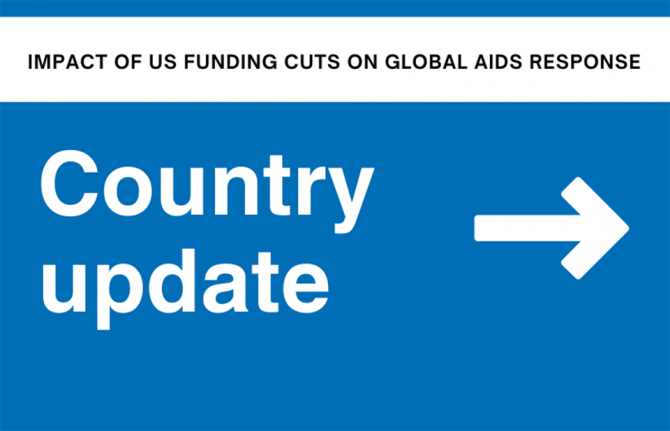
Feature Story
Kenya to adopt comprehensive HIV prevention package for people who inject drugs
23 February 2011
23 February 2011 23 February 2011A version of this story was first published at UNODC.org

The comprehensive HIV prevention package will include access to sterile needles and syringes
Credit: UNAIDS
The Kenyan government is taking an innovative approach to reducing HIV among injecting drug users. In a bold new initiative, the government is set to give drug users free access to HIV prevention and treatment services. Supplies of sterile needles and syringes, substitution treatment, social support and referral to other health services, including antiretroviral therapy, will be available.
In a pilot project, 12 primary health care centres in Mombasa are offering drug dependence treatment and psycho-social support in several communities on an out-patient basis. For the next three months, the Kenya Red Cross will provide support to the Ministry of Health. HIV voluntary counseling and testing are also offered. The Ministry of Medical Services is preparing a rapid capacity building plan and staff will receive additional training in the next few weeks and months.
It is expected that this model will be adopted in other regions.
The action plan to roll out the comprehensive HIV prevention package follows a recent national meeting on people who inject drugs convened by the National AIDS Control Council (NACC). The meeting’s resolutions were also endorsed by Members of Parliament during a subsequent leadership workshop on HIV.
The United Nations is playing a key role in the programme and the UNAIDS family has worked in close partnership with the National AIDS Control Council and many government agencies, to encourage the adoption of this comprehensive HIV prevention package.
The United Nations Office on Drugs and Crime is also joining the government in developing an intensive training programme for 700 health professionals and civil society actors to offer quality services for injecting drug users.
Kenya’s government has recognized the importance of addressing the needs of key populations such as people who inject drugs, sex workers and their clients, men who have sex with men, and people in prisons. This was reinforced by its Modes of Transmission Study published in March 2009 which indicated that such populations accounted for more than a third of all new HIV infections. The adoption of the comprehensive package for HIV prevention among people who inject drugs is seen as a significant step forward.



